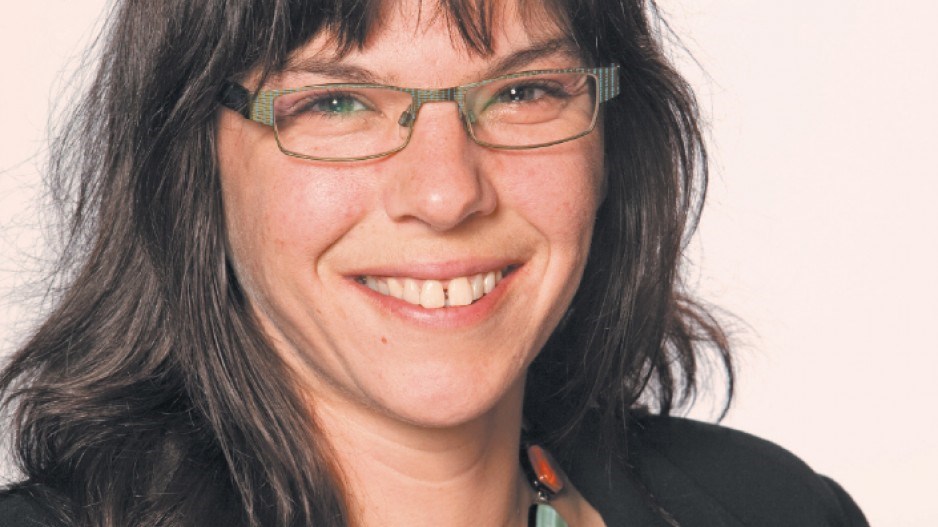Critics charge that a new industry-led recycling regime will not only require B.C. businesses to spend hours filling out reports but will also fail to deliver its promised environmental payoff.
“We’ll definitely go down in recycling rates, and the earliest we can anticipate going up, or have some confidence that it’ll go up, is the end of 2015,” Vancouver city councillor Andrea Reimer told Business in Vancouver.
Last week, BIV reported on the concerns of small businesses and municipalities, who said B.C.’s new recycling system for packaging and printed paper had been poorly communicated and executed.
The system, called extended producer responsibility (EPR), is meant to transfer responsibility for packaging waste to the companies who produce the materials. A non-profit, industry-led organization, Multi-Material BC (MMBC), has been charged with implementing provincial legislation to introduce EPR for packaging and printed paper.
The new system is supposed to effect change in packaging design and provide incentives to business to use less packaging and ensure it’s more easily reused or recycled.
But Reimer said the current plan includes no timeline or firm targets to reach that goal. She expects the amount that gets recycled to drop based on what MMBC stated in its stewardship plan.
But Allen Langdon, managing director of MMBC, said Reimer’s assumption is a misinterpretation. MMBC needed to first calculate a provincewide recycling rate, information that was not previously available, Langdon said. The organization found the current rate to be between 50% and 57%.
“There’s nothing in the plan that should see a lower recycling rate,” Langdon said.
As for package design, he said businesses would change voluntarily, because making more environmentally friendly choices would result in a lower fee.
MMBC plans to increase recycling rates to 75%, but Langdon said it will need to use the first three years to collect data before forming a plan to achieve that goal.MMBC is focused too much on the collection details and not enough on the packaging design side, said Columbia Institute executive director Charley Beresford.
Beresford noted that a “pollution prevention hierarchy” included in B.C.’s regulation puts effective product design at the top.
“We don’t get down to recycling and recovering until points five and six,” Beresford said. “So what we’re looking at right now is more like an administrative transfer for the collection of the recyclables.”
For the past four years, Ontario has had an industry-led EPR program similar to what MMBC is implementing. It has widely been seen as a failure, with little regulatory bite. Ontario’s provincial government has introduced new legislation that will place the power to regulate and set EPR fees with the government, not industry.
Consumers in Ontario have charged that current EPR systems have resulted in eco-price “fixing” and little change in product design. •
Small business exemption “lip service”: BC Chamber of Commerce
After pressure from small business groups like the BC Chamber of Commerce as well as the Ministry of the Environment, Multi-Material BC (MMBC) backed down on a September 20 deadline for businesses to agree to accept MMBC as their stewardship agency.
MMBC now says that businesses that make less than $750,000 in gross sales do not have to submit a detailed report outlining every type and amount by weight of packaging they put into consumers’ hands.
However, the exemption is temporary. Small businesses will not know where they stand until January 2014, when MMBC formulates its small-business policy. MMBC will also consult with small businesses throughout the fall.
“It’s lip service; it’s not an exemption,” said John Winter, president and CEO of the BC Chamber of Commerce.
“It’s temporary; it’s meant to buy time.”
Winter described the reporting requirements, which require businesses to submit detailed information about the type, weight and brand of each type of packaging they supply, as an “administrative nightmare.”




